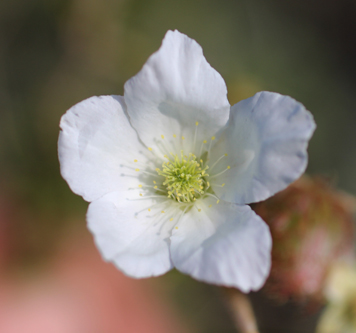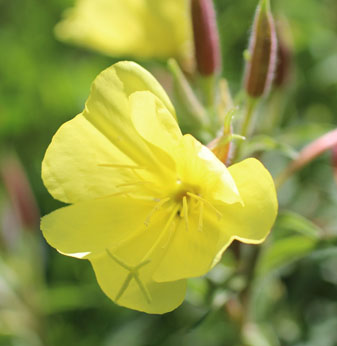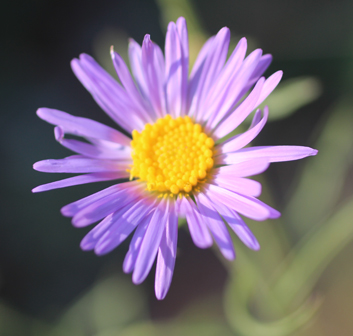The history of the Pecos Pueblo in its present location goes back to the 1400s when ancestral puebloans built a walled village joining the people already atop the step-sided mesa. This great pueblo offered the residents a vantage point from which they could defend from other groups as well as allowing the residents to see for long distances. They cultivated fields in the valley below which had access to the Glorieta creek and numerous local springs. The Pecos river was also only about a mile away. In 1838 the last residents of the pueblo left (to Jemez and other Pueblos) and the pueblo fell into disrepair.
There is currently a trail a little over a mile long that is maintained by the National Park Service. It circumnavigates the current pueblo and mission ruins. It is begins at the E.E. Fogelson Visitor Center. There are a number of different wild plants both native and non-native that can be found growing along this trail.
In March, 2017 Dr. Ken and Susan Bower (Naturalists) under the direction of Dr. Kristen L. Whitbeck (Park Ecologist) began a project to determine which plants were growing along the pueblo and mission ruins trail and record their blooming cycles. Plants were noted each week throughout the blooming season from mid-March until the end of October. A record of each plant was maintained denoting the common and scientific name of each plant; whether or not it is native to the U.S.; photos of the plant, flowers and fruit or seeds (if applicable); the location of the plant; its distribution; a description of the plant; any ethnobotanical uses; and a table of internet resources for finding more information each the plant. A total of 105 different plants were identified when they flowered. Four more plants were identified, but did not or were not allowed to bloom for a total of 109.
A special thanks to various members of the Santa Fe Chapter of The Native Plant Society of New Mexico for their help in the identification of many of the plant species.







